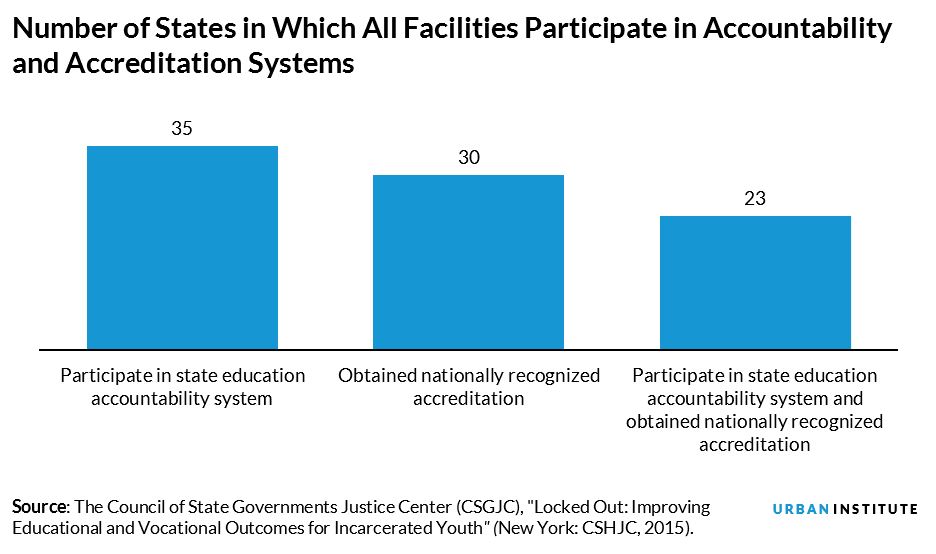
<p>Photo by Smolaw/Shutterstock</p>
Over the past decade, US education reform has aimed to equip youth with the knowledge and skills for college and career readiness. Implicit in this research and policy agenda is the assumption that all youth deserve access to high-quality education.
But too often, the more than 50,000 youths incarcerated in the US, who are guaranteed the right to education by federal law, slip through the cracks of these conversations. Even as youth incarceration rates plummet to historic lows, many young people continue to be sent to juvenile detention facilities.
We know little about the educational services youth receive in juvenile detention facilities. Although more than two-thirds of incarcerated youth never return to school upon release, educational services in juvenile detention facilities could reverse this trend. Some studies show that youth who participate in these services enroll in school after being discharged and show improvements in reading and math. But simply putting classrooms in juvenile detention facilities is not a perfect solution because education quality varies by facility.
Our analysis finds many incarcerated students receive less instructional time than their peers in traditional public schools (including charter schools) and do not have access to some courses required for high school graduation.
The need for education in juvenile detention facilities is high
Youth who enter the juvenile justice system have various unmet educational needs. More than half of all incarcerated youth possess math and reading skills below their grade level, and the majority have been suspended, expelled, or otherwise pushed out of traditional public schools.
Once incarcerated, these needs are even more difficult to meet, because these youths do not have equal access to quality education that adheres to state curricular standards compared with their nonincarcerated peers.
In 2015, 30 percent of states did not require juvenile detention facilities to participate in state education accountability systems, and 39 percent had juvenile detention facilities that did not meet national education accreditation standards.

In some facilities, school lasts less than an hour a week
Data from the US Department of Education Office of Civil Rights (OCR) show students attending schools in juvenile detention facilities received, on average, 25 hours of instructional time per week, 8 fewer hours than the 33 hours their peers in traditional public schools spent in class.
Fifteen percent of schools in juvenile detention facilities reported offering fewer than 20 hours of instruction a week, and 8 percent of schools offered fewer than 5 hours. Many of these schools are in Florida, where the average class time in juvenile detention facilities was just over 7 hours a week.

Courses offered by many facilities don’t satisfy graduation requirements
When incarcerated youth spend time in class, the courses available may not be sufficient for high school graduation. Limited OCR data show that 23 percent of students attending schools in juvenile detention facilities do not have access to algebra and 35 percent do not have access to geometry, courses required to obtain a high school diploma in many states.
Less than one-third of students attending schools in juvenile detention facilities have access to credit recovery opportunities, which give students a second chance and a shorter timeline to earn credits for previously failed courses so they can stay on track for graduation.

Current data provide only a glimpse into the intersection of the education and juvenile justice systems. To better understand the effects of incarceration on education outcomes like college and career readiness, we need data on more relevant measures than what the OCR currently reports.
Nonetheless, these data suggest that while some facilities are on the right track to ensuring adequate educational services for incarcerated youth, many still have a long way to go.
Let’s build a future where everyone, everywhere has the opportunity and power to thrive
Urban is more determined than ever to partner with changemakers to unlock opportunities that give people across the country a fair shot at reaching their fullest potential. Invest in Urban to power this type of work.